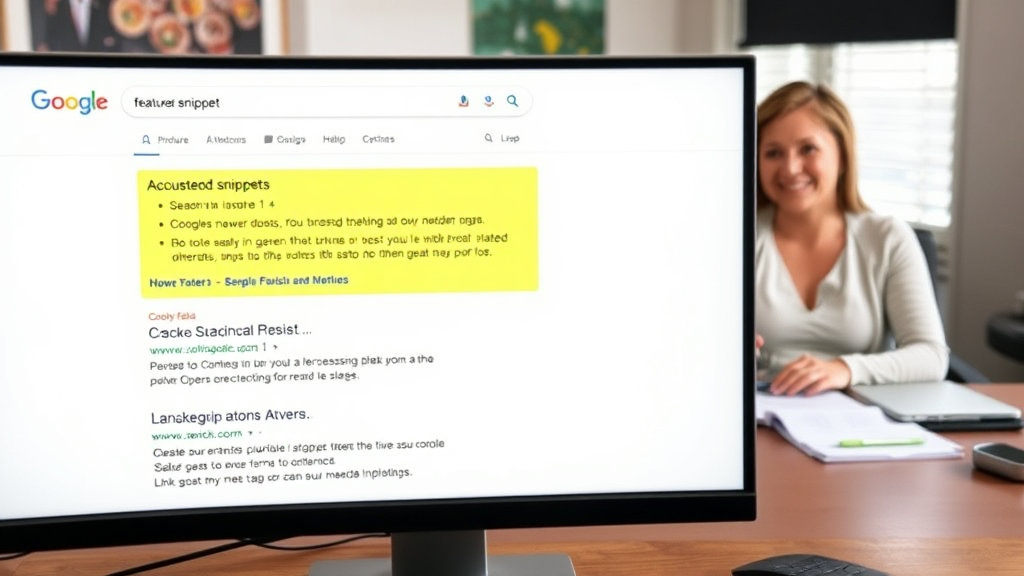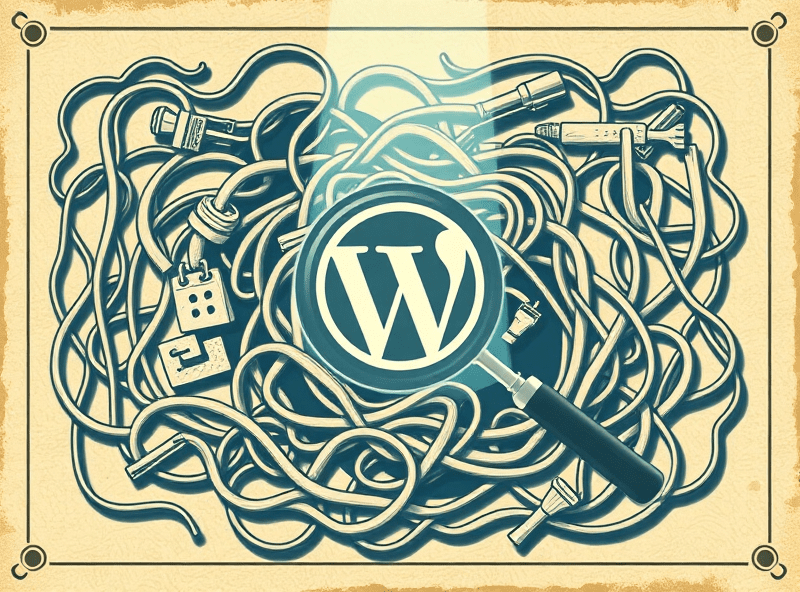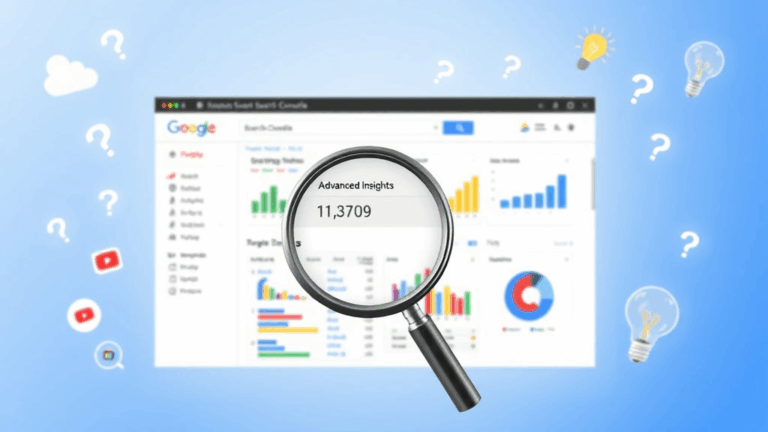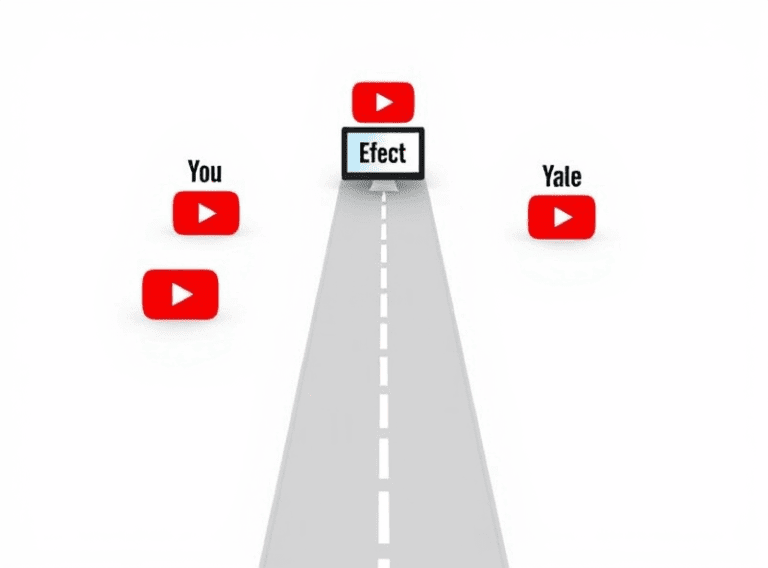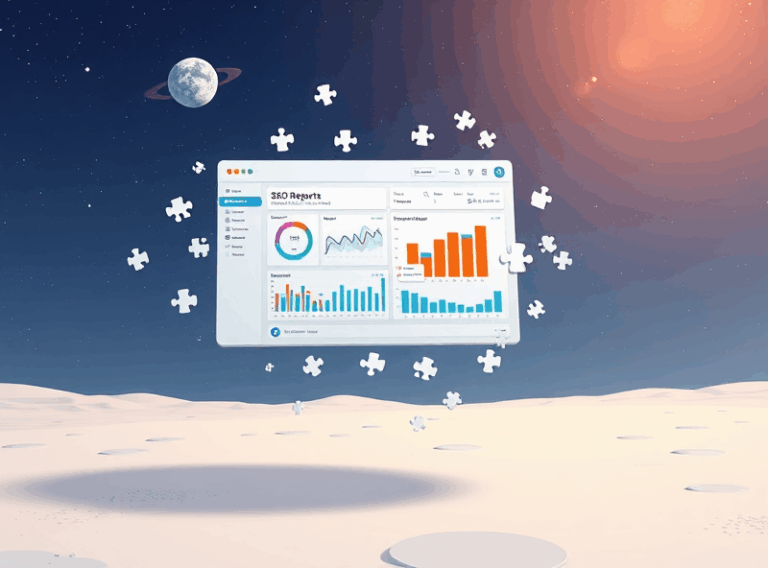How I Got Featured Snippets Back Without Touching Meta Tags
Why Did My Featured Snippet Disappear in the First Place?
If you’ve been ranking in a featured snippet — that beautiful little box of algorithmic validation — and woke up one morning to find it’s poofed, you’re not alone. This happened to me on a Sunday after I didn’t change anything. Literally nothing in my CMS was altered except, ironically, an unrelated image optimization plugin I disabled temporarily for testing. Yes, seriously.
Turns out featured snippets can vanish even if you breathe near them wrong. They’re volatile because Google keeps constantly testing results layouts. Some reasons snippets vanish:
- Google promoted another page with more structured data
- Your URL dropped slightly in rank and another domain took position zero
- A slight drop in CTR or time-on-snippet causes Google to auto-unfeature you
- No clear answer box formatting (like summaries, lists, definitions)
- Inconsistent H2 hierarchies confuse Google’s parser
That last bullet wasted two hours of my life because I didn’t realize that having a rogue <h3> where a <h2> should’ve been was enough to tank my snippet formatting. At one point, Search Console kept showing “good experience” while I was screaming into the void wondering why it bailed on me.
AdSense Ads in Snippet Content Can Kill Visibility
This one is messy and cost me around five bucks a day for two weeks before I caught onto it. If you’re running auto-placed AdSense ads directly inside content that tends to get quoted for featured snippets, Google sometimes excludes your page just to avoid inserting monetized snippets in SERPs. There’s no clear rule for this; it feels wildly inconsistent.
I had one page where the snippet was pulled from paragraph 2 — directly above an in-article anchor ad. When I used data-ad-format="rectangle" plus data-full-width-responsive="true", the ad expanded enough in mobile preview that Google silently stopped snippet-pulling from that paragraph. When I swapped to a fixed-width ad and pushed it two paragraphs down? Snippet came back within 36 hours. No changes to content, just moved the ad like 200px lower.
It’s not documented anywhere. No warnings in Search Console. The only hint I ever got was when someone on Google’s Adsense support forum mentioned quote snippets sometimes skipping ads for “user experience optimization.” Not even a real policy. Just frictional behavior.
Stop Rewriting the Intro If Google Loves Paragraph 3
I fell into this trap while trying to reclaim my snippet: I kept rewriting the top sentences like a crazed copywriter thinking it would “improve relevance.” Instead, I buried the exact phrasing that Google had originally snippet’ed. Which apparently trains its algo into thinking you no longer answer the query quickly enough.
“Getting your snippet back sometimes just means scrolling down and leaving the good stuff alone.”
Eventually, I dug into a few cached versions of my page (thank you Bing cache) and compared them. That third paragraph — the one with the exact sequence “Featured snippets pull structured answers…” — had been moved down slightly during a CMS migration and lost the formatting that made it snippetable. Add back the bolded lead-in and the HTML structure? Snippet returned in four days.
Don’t Use FAQ Schema Unless You Really Know What You’re Doing
This one’s counterintuitive. I activated FAQ schema on all my posts thinking it would be ~aligned~ with snippet logic. Nope. Turns out the extra structured data sometimes replaces the snippet entirely. As in, your paragraph is demoted because Google sees your page as an FAQ set, not a direct-answer page.
One edge case I ran into: if Googlebot sees multiple FAQ blocks and <article> is used inconsistently (in certain pagebuilders), it may assume the entire page is a faceted fragment. Which is the academic way of saying: “Cool, no snippet for you. Here’s a collapsed accordion instead.”
Look for These Signals in HTML:
- Duplicate
itemprop="mainEntity"between FAQ items - Nested
<section>inside<article>without a legitimate hierarchy - Using
{"@type": "FAQPage"}in combination with{"@type": "Article"}
I’ve gotten snippets back just by stripping schema entirely. If Google still gets the structure through headings and context, it often prefers that. Overengineering can backfire.
Bizarre Behavior with Canonical URLs and Syndication
This one broke my brain. I syndicated a blog post to Medium with a proper rel=canonical back to my domain. Guess what? Medium ended up snagging the featured snippet a week later. Even though I was the canonical, even though my copy was identical and older.
I tried changing the publication date on my original post to make it visually older. Didn’t work. I finally realized Google was ranking the Medium version because it had better UX performance scores in Lighthouse testing. Literally, the same content, but faster.
The fix? I added a Cloudflare cache rule for aggressive asset caching, cleaned out some rehydration scripts, and pulled my TTI (time to interactive) under 2 seconds. My domain reclaimed the snippet — and Medium dropped off the top 10 a couple of days later.
Featured Snippets with Table Data Are a Finesse Game
If you’re trying to rank a table-based snippet, throw out all assumptions about what makes a table scannable. I burned a full Sunday trying to get a comparison table to show up as a 0-result snippet (when Google sometimes shows 2–3 rows).
- Google ignores
theadunless column headers match noun types in search query - Poor contrast ratios silently penalize snippet eligibility
- Sticky headers or JavaScript-enhanced tables often get skipped entirely
- You can break snippet eligibility simply by center-aligning numeric values
Absolute insanity, but I eventually got table snippets to behave by recreating the entire layout in pure HTML, ditching table plugins, and making sure the table sat within 600px of the target keyword mention. The moment I did that? Snippet appeared within 48 hours, presumably after recrawl.
What Google Actually Wants from Snippet Candidates
I can’t prove this, but I’m convinced Google’s snippet-scanner favors content with:
- Declarative first sentences under 250 characters
- Immediate evidence of expertise — not fluff
- Short paragraphs before the first H2
- Bullet lists that don’t kick off too early
- Strong internal linking to support long-tail intent
The “aha” moment for me was after exporting a few pages’ source code and noticing that pages currently winning snippets had extremely concise HTML above the fold — almost no modals or JavaScript encountered before paragraph one. I stared at one of these for 12 minutes whispering “that’s it” like a lunatic.
Google Rewrites Meta Descriptions — Stop Obsessing
If you’re still trying to hack back into snippets by adjusting meta descriptions… stop. Google almost always rewrites them for actual featured results. Description tags might influence CTR from the fallback SERP listing, but for featured snippets, the real determinant is on-page copy structure itself.
One particularly weird behavior I saw: after tweaking meta descriptions three times in a week, Google fell back to using the first alt text from an inline image as the snippet preview. Completely useless line. I ended up removing the image entirely, and suddenly Google reverted to pulling from the opening paragraph again. Meta descriptions weren’t even a factor. Page headings were.
Which led me to my working rule: if I want to shape snippet behavior, I optimize the first 500 visible characters — and let everything else just support the query.
Recovery Timelines Depend on Crawl Budget, Not Logic
Here’s the thing they don’t tell you. Even after fixing the structure, you might wait days — or weeks — before Google re-promotes your page into the featured spot. Especially if your domain isn’t crawled heavily right now.
One of my lower-authority pages got de-snippet’d and it took a full 20 days to come back despite me nailing every fix I just talked about. A bigger domain of mine got it back within 48 hours. Same type of fix. Same host. Same CMS. Difference? Crawl frequency.
You can help speed this up a bit:
- Request indexing manually via Search Console — doesn’t always work but try
- Use a popular sitemap index and ping
https://www.google.com/ping - Update internal links to the target page from other recent content
But ultimately, snippet recovery is a stubborn dance with Googlebot. All we can really do is make the floor less slippery for it to land back on us.
